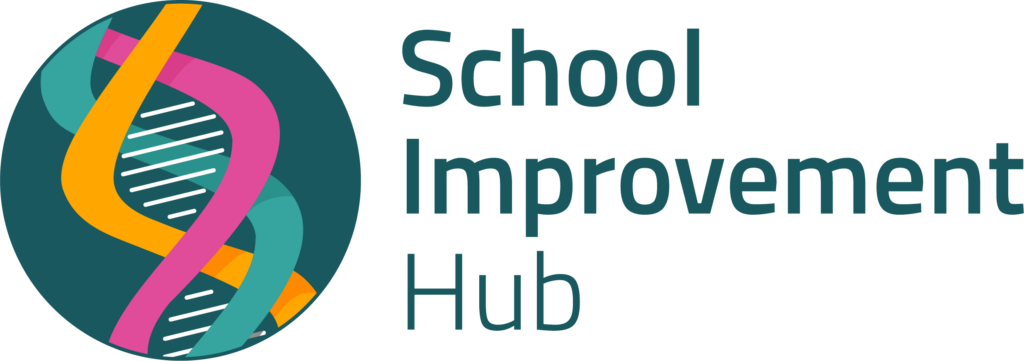Welcome to the School Improvement Hub
From Confederation of School Trusts with ImpactEd Group.
Build capability and capacity
- Develop expertise
- Empower horizontal improvement
- Connect
- Grow culture and leadership
Implement improvement initiatives
- Adopt a cycle
- Leverage capacity
- Anticipate and adapt
- De-implement
About our Hub
CST and ImpactEd Group are now working together to collate examples of school-improvement practices currently used by trusts. We want to fit this within the conceptual framework, drawing on practical examples that illustrate each of the 12 components of the three key areas.
Case studies may focus on one or two specific components, or could focus on a specific area of school improvement that spans several components. However, we want to ensure that the trusts we include as case studies reach a generally high standard across the board. We’re looking for trusts that display a demonstrable attainment trajectory in their schools: where the evidence indicates that schools that join the trust subsequently improve.
Measures we might therefore focus on include: changes in school attainment since joining the trust; progress in key stage 2 reading, writing or maths; Progress 8 scores; workforce data, such as staff retention.
We would also look to see whether any external validation, such as Ofsted inspections, reflected a trajectory of improvement. Our case studies will be contextually grounded, taking into account the number of schools in each trust, their geographical spread and the demographics of pupils. Our aim with these case studies is not only to build up an evidence base of what works, but to support the trust sector in using this evidence to inform their practice.

- Set quality goals
Define the quality the trust is aiming for, and the specific goals needed to achieve this.
- Align strategy
Ensure alignment between school improvement objectives and wider trust strategy
- Use evidence
Use evidence to identify the actions most likely to build momentum in the desired direction.
- Evaluate insights
Use quality evaluative tools to understand the performance of schools and the trust.
- Develop expertise
Put expertise and professional learning at the heart of improvement.
- Empower horizontal improvement
Improve practice across a group of schools simultaneously, rather than just ‘one school at a time’.
- Connect
Build connections across the organisation.
- Grow culture and leadership
Establish a culture where leadership and teaching can flourish
- Adopt a cycle
Adopt the behaviours that drive implementation (Engage, Unite, Reflect). Do this whilst tending to contextual factors and using a structured but flexible implementation process: Explore, Prepare, Deliver, Sustain).
- Leverage capacity
Match improvement initiatives with capacity to deliver.
- Anticipate and adapt
Know what’s likely to cause failure and how you will spot it. Learning from it and adapting or ejecting the failing action.
- De-implement
De-implement initiatives that are not effective, or less effective than alternative options.
